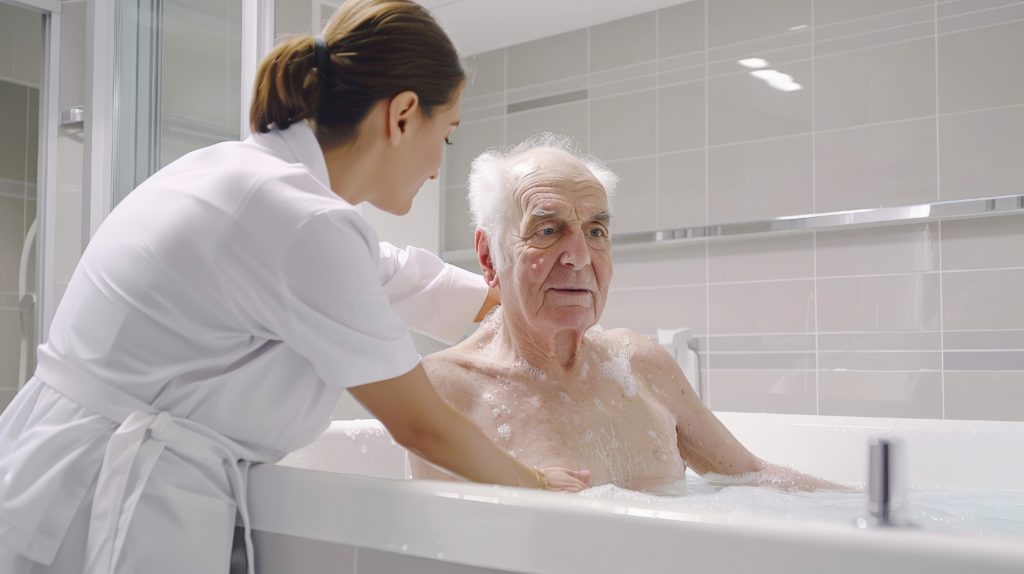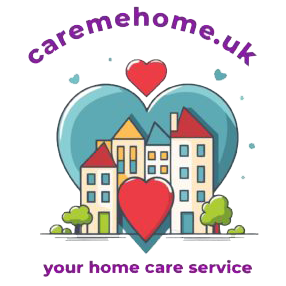
Safety and Supervision as a Home Care Service
Safety and supervision as a home care service focus on ensuring that individuals, particularly those who are elderly, disabled, or recovering from illness or surgery, are safe and well-monitored within their home environment. This service is essential for preventing accidents, managing health risks, and providing peace of mind for both the individual and their family. Here’s a detailed explanation of what safety and supervision services typically involve:
Components of Safety and Supervision Services
- Fall Prevention
- Home Safety Assessments: Evaluating the home environment to identify and address potential fall hazards, such as loose rugs, clutter, or poor lighting.
- Assistive Devices: Ensuring the use of mobility aids (e.g., walkers, canes) and fall prevention equipment (e.g., grab bars, non-slip mats) is appropriate and properly installed.
- Fall Risk Monitoring: Observing and assessing the client’s movement and mobility to prevent falls and providing assistance when needed.
- Health Monitoring
- Vital Signs Tracking: Monitoring vital signs such as blood pressure, heart rate, and temperature to detect any changes in health status.
- Medication Adherence: Ensuring that medications are taken correctly and on schedule, and monitoring for any side effects or adverse reactions.
- Symptom Observation: Keeping an eye on symptoms and changes in health conditions, and reporting any concerns to healthcare providers.
- Emergency Response
- Emergency Preparedness: Having a plan in place for various emergencies, including medical emergencies, fire, or natural disasters.
- Immediate Response: Providing quick response in case of an emergency, including calling emergency services and administering first aid if necessary.
- Emergency Contact List: Maintaining a list of emergency contacts and ensuring the client and caregivers know how to reach them.
- Supervision and Support
- Monitoring Activities: Supervising daily activities to ensure that the client is safe and not engaging in potentially risky behaviors.
- Assistance with Mobility: Providing support with walking, transferring, and moving around the home to prevent accidents.
- Companionship: Offering social interaction and companionship to reduce feelings of isolation and provide a supportive presence.
- Home Environment Management
- Safe Living Conditions: Ensuring that the home environment is clean, organized, and free of hazards that could cause accidents.
- Emergency Equipment: Ensuring the availability and proper use of emergency equipment, such as fire extinguishers and first aid kits.
- Safety Equipment Maintenance: Regularly checking and maintaining safety equipment, such as smoke detectors and medical alert systems.
- Daily Routine Assistance
- Meal Preparation: Assisting with meal preparation to ensure that the client receives nutritious food and avoids potential hazards in the kitchen.
- Personal Care: Helping with personal hygiene tasks, such as bathing and dressing, to maintain cleanliness and prevent infections.
- Family Communication
- Regular Updates: Keeping family members informed about the client’s well-being and any changes in their condition or care needs.
- Care Coordination: Collaborating with family members and other healthcare professionals to ensure a comprehensive approach to the client’s care.
Benefits of Safety and Supervision Services
- Accident Prevention
- Reduces the risk of falls, injuries, and accidents in the home environment through proactive safety measures and supervision.
- Ensures that potential hazards are identified and addressed promptly.
- Health Monitoring and Management
- Provides regular monitoring of health conditions and medications, contributing to better health outcomes.
- Allows for early detection of health issues and timely intervention.
- Peace of Mind
- Offers reassurance to both the client and their family that safety and well-being are being actively managed.
- Provides a sense of security knowing that help is available if needed.
- Enhanced Independence
- Supports the client’s ability to live independently by ensuring a safe environment and providing assistance when needed.
- Encourages participation in daily activities while minimizing risks.
- Emergency Preparedness
- Ensures that there is a plan in place for various emergencies, improving the client’s safety and response readiness.
- Emotional Support
- Provides companionship and emotional support, which can enhance overall well-being and reduce feelings of loneliness.
Who Can Benefit from Safety and Supervision Services?
- Elderly Individuals: Seniors who are at higher risk of falls, accidents, or health complications and need ongoing supervision.
- People with Disabilities: Individuals with physical or cognitive impairments who require assistance with daily activities and safety.
- Individuals Recovering from Illness or Surgery: Patients who need extra support to manage their recovery and prevent complications.
- Families: Families who need peace of mind knowing that their loved ones are safe and well cared for at home.
Conclusion
Safety and supervision as a home care service are crucial for ensuring that individuals are protected from accidents, health issues, and emergencies within their home environment. By providing vigilant monitoring, fall prevention, health tracking, and emergency preparedness, these services enhance the client’s safety, well-being, and overall quality of life. They also offer peace of mind to families, knowing that their loved ones are in a secure and supportive environment.
